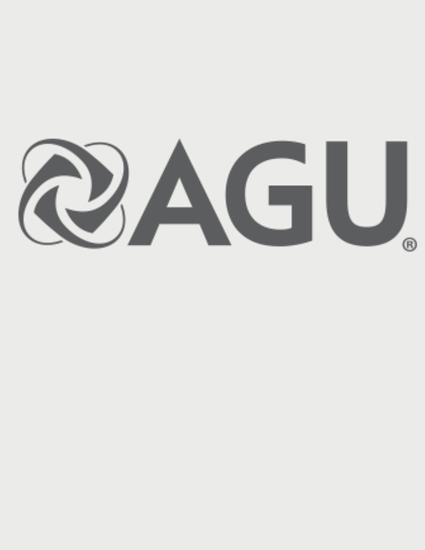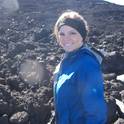
Presentation
Preparing for Volcanic Hazards: An Examination of Lahar Knowledge, Risk Perception, and Preparedness Around Mount Baker and Glacier Peak, WA
2015 American Geophysical Union Fall Meeting
(2015)
Abstract
As the number of people living at risk from volcanic hazards in the U.S. Pacific Northwest continues to rise, so does the need for improved hazard science, mitigation, and response planning. The effectiveness of these efforts relies not only on scientists and policymakers, but on individuals and their risk perception and preparedness levels. This study examines the individual knowledge, perception, and preparedness of over 500 survey respondents living or working within the lahar zones of Mount Baker and Glacier Peak volcanoes. We (1) explore the common disconnect between accurate risk perception and adequate preparedness; (2) determine how participation in hazard response planning influences knowledge, risk perception, and preparedness; and (3) assess the effectiveness of current lahar hazard maps for public risk communication. Results indicate that a disconnect exists between perception and preparedness for the majority of respondents. While 82% of respondents accurately anticipate that future volcanic hazards will impact the Skagit Valley, this knowledge fails to motivate increased preparedness. A majority of respondents also feel “very responsible” for their own protection and provision of resources during a hazardous event (83%) and believe they have the knowledge and skills necessary to respond effectively to such an event (56%); however, many of these individuals still do not adequately prepare. When asked what barriers prevent them from preparing, respondents primarily cite a lack of knowledge about relevant local hazards. Results show that participation in response-related activities—a commonly recommended solution to this disconnect—minimally influences preparedness. Additionally, although local hazard maps successfully communicate the primary hazard—97% of respondents recognize the lahar hazard—many individuals incorrectly interpret other important facets of the maps. Those who participate in response-related activities fail to understand these maps better than the general public. This study’s findings will be provided to emergency managers to assist in the development of educational programs and response plans.
Disciplines
Publication Date
December 17, 2015
Location
San Francisco, CA
Citation Information
Brittany D. Brand and Kimberley Corwin. "Preparing for Volcanic Hazards: An Examination of Lahar Knowledge, Risk Perception, and Preparedness Around Mount Baker and Glacier Peak, WA" 2015 American Geophysical Union Fall Meeting (2015) Available at: http://works.bepress.com/brittany_brand/61/
